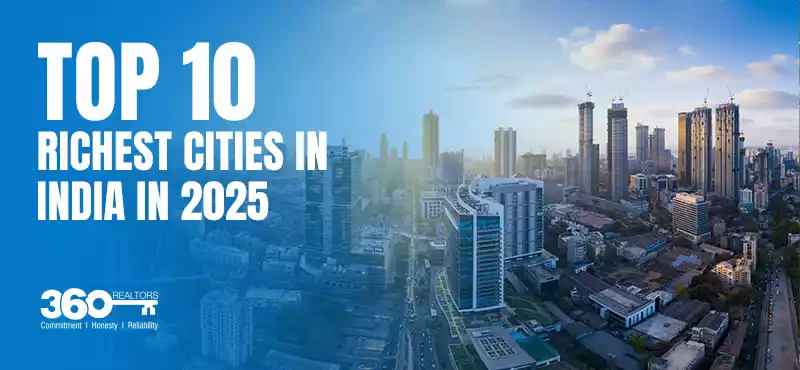The greatest necessity of the urban India in today’s date is the easy availability of large-scale affordable housing in cities. A shortage of the same is leading to the growth of unorganized real estate and slum areas which is harmful for the growth and development of these cities. It seems that large-scale urban developments are the only solution to make the affordable housing dream realistic but this is becoming extremely difficult due to several factors like lack of finance, congested transits routes, lack of land parcels, regulatory hurdles and other rising costs.
It is anticipated that by the year 2031, around 600 million people will make their own homes in urban localities but at the same time, the housing deficit is also expected to rise to 38 million by the year 2030, even without any kind of intervention. 95% of this shortage will affect the people of Lower Income Groups (LIG) and Economically Weaker Sections (EWS) of the society.
The scheme “Housing for All by 2022”, launched by the Indian Government , identified 9 states and 305 cities and towns for providing affordable houses to all. The scheme targets to provide affordable housing to the economically weaker segments of the society. The minimum size required for building these units is 30 sq. meters and the government aims to construct, in the next 7 years, 2 crore new units. Home loans with tenure of over 15 years shall be granted and the monthly installments have also been reduced from Rs 6,632 to Rs 4050 with an interest subsidy of 6.5% to EWS/ LIG categories.
Overall the scheme is very ambitious and for the benefit of the people, but there are certain barriers in the successful implementation of the same. On carefully studying these bottlenecks it has been seen that any and every workable solution thought of, will have to work around some important guidelines as mentioned below:
1. Formulation of guidelines and identification of true beneficiaries: The first and foremost step is the formulation of guidelines and identification of true beneficiaries for this project. One needs to be very careful since the involvement of doubtful spectators could nullify the whole aim of the scheme. The National Population Register and the issuance of unique identities via the Unique Identification Authority of India if linked with income levels can prove to be important elements in identifying the same.
2. Opting for micro-mortgage financing mechanisms to increase the reach: Micro-mortgage financing schemes with the help of self-help groups (SHGs) and several other innovative financing mechanisms can prove to be helpful to ensure that funds are available to larger sections of EWS and Lower Income Groups. Flexible payment mechanisms should be applicable as these sections of society have irregular income flows.
3. Developers to be given incentives to enroll to this scheme: Incentivize and attract the local realty developers by giving them extra floor space index (FSI), free sale areas, and several other benefits. Slum rehabilitation and redevelopment schemes should be framed giving good returns to the developers while curbing the development density simultaneously. It is important to prepare a cost-benefit analysis of all in order to ensure whether these schemes are actually viable.
4. Streamlining land records for better planning and land utilization: Geographical information systems, computerization of land records, implementation of master plans and efficient dispute redressal mechanism needs to be efficiently used for providing ample availability of land parcels for infrastructure and housing purposes. Some of the states and Central government have already started working for the same.
5. Mass housing zones to be included in city master plans: Mass housing zones taking into consideration the future requirement of affordable housing, should be included in city master plans, within a fixed schedule. There are cities which already have dedicated zones for the development of affordable housing in their master plans and it needs to be replicated in the others with respect to development timelines.
6. Setting up good rental housing schemes in urban localities: It is important to open well-researched rental housing schemes that have a proper framework and are not opened up in far flung areas that defeats the whole purpose of the same. Right end-users need to be identified.
7. Increased involvement from private sector: It is important to increase the participation of private sector since they play a major role in affordable housing, in terms of project financing, providing technological solutions, and delivery. The need of the hour is to innovate ways and measures regarding this front as imaginative and feasible solutions are required to reduce the rising input costs and construction costs. Since the construction costs increases the selling price of these units considerably, so it’s important to save on this parameter in order to benefit the buyer.
Since none of the solutions can work alone, a multi-pronged approach giving equal weightage to each and every element is required in order to cross the hurdles. The dream of “The Housing for All by 2022” can turn into reality only if focused efforts based on the above mentioned solutions is used and a workable vision is determined to achieve the desired results.






